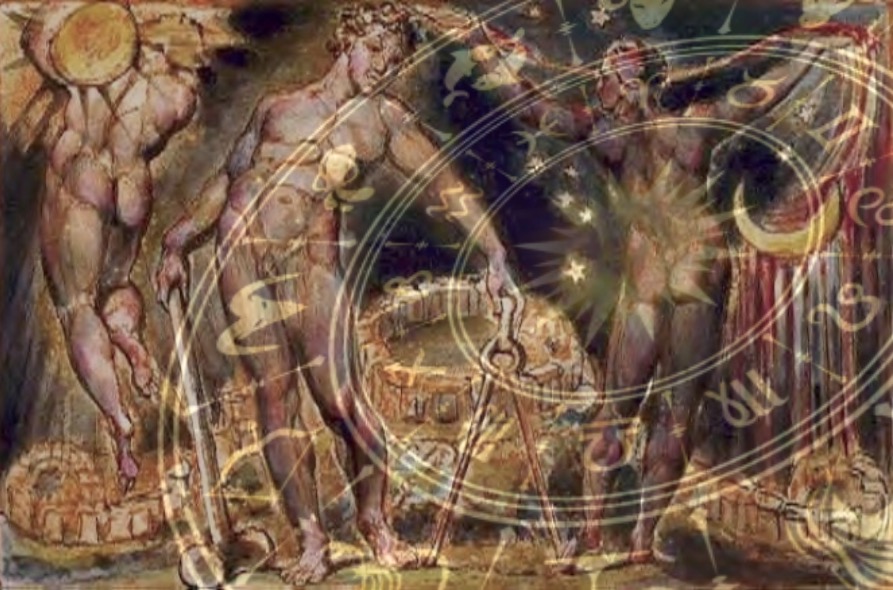Narcissus 2.0: Left Brain Technology and Civilisation, by Marshall McLuhan
How the phonetic alphabet drove the Fall into Division

Marshall McLuhan’s Understanding Media: The Extensions of Man is widely considered to be “the most important book ever written on communication,” and is famous for introducing the concepts of the “global village” and “the medium is the message”. But it’s really much more than even that – it’s a wholesale critique of how technology, from the radical development of the phonetic alphabet by mercantile and bureaucratic Phoenician traders in the 7th-8th century BC (“by Phoenician business men”), to the dramatic impact of the Gutenberg printing press in the 15th century, and the even greater impacts and consequences of radio, television, and the internet (by modern “business men”) in the 20th-21st centuries, has radically changed our way of being, our way of thinking, our way of relating, and even our way of feeling, remaking our very bodies – as he observes in this compelling article – in its own image.
McLuhan’s arguments are remarkable, not only for their own acute perceptions and analysis of the nature of media, and his striking framing of this development in terms of the left and right hemispheres, but also for the light they shine on Blake’s in many ways similar and equally radical critique of what is often called “civilisation”. McLuhan frequently references Blake, as someone who he felt recognised these changes and cognitive shifts and really understood the nature of “media”. As he acutely observes, “Blake saw Newton and Locke and others as hyponitized Narcissus types quite unable to meet the challenge of mechanism.“


